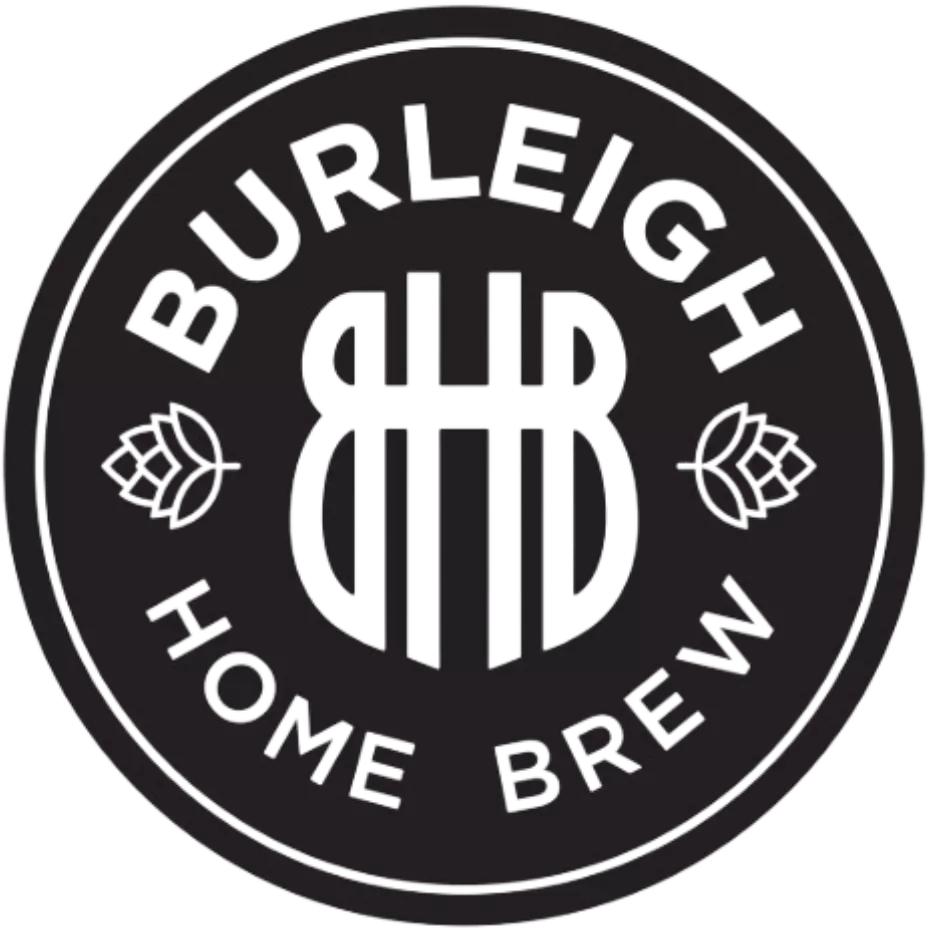HOW IS BEER MADE?
Although most of this is already done for you when it comes to extract brewing. It’s always beneficial to have an idea of how the entire brewing process takes place. We don’t wish to scare you away from taking up brewing yourself, but below is a basic outline of what occurs during the brewing process.
MALTING
It all starts with the grain – usually barley – which is turned into malt. This is done by allowing the grain to germinate (which is where a plant begins growing from the grain seed). The growing is then halted by heating and drying the grain on a massive, heated wooden floor. Lighter malts in pale beers are usually kilned for a shorter period than malts in darker beers.
MASHING
Next, the dried malt is run through a malt mill. This cracks the malt and helps release the carbohydrates and sugars. The malt is then mixed with hot water, which will convert the starches in the malt into sugar. This is called mashing, and the resulting sticky and sugar-rich mixture is called the ‘wort’.
BOILING
The wort is moved to a brew kettle for boiling. The hops are also added, and the whole mixture is boiled to release flavours and aromas. It’s then filtered to remove any solids, and cooled quickly with the help of a cold water heat exchange. Hops will be added earlier to create bitterness and later to increase the aroma.
FERMENTATION
This is the most important part, where the yeast is added to the mixture. The yeast converts the sugar in the mash into alcohol and carbon dioxide.
Yeasts can either operate at cool temperatures, known as a bottom fermenting, for lager, or at warmer temperatures, known as a top fermenting, for ale.
AGEING
Once the yeast has converted enough sugars into alcohol, the beer is ready for conditioning or ageing – which can take anywhere from a couple of weeks to several years. For lagers, it’s important to make sure the beer is stored in cold temperatures. A beer might also; have hops added to it at this stage, undergo a secondary fermentation in-bottle or be filtered for impurities. Not all beers are filtered, which is why you might notice that some beers are much cloudier than others.
BOTTLING
Finally, the beer is bottled, canned or kegged, and sent out into the wide world to be sold.

